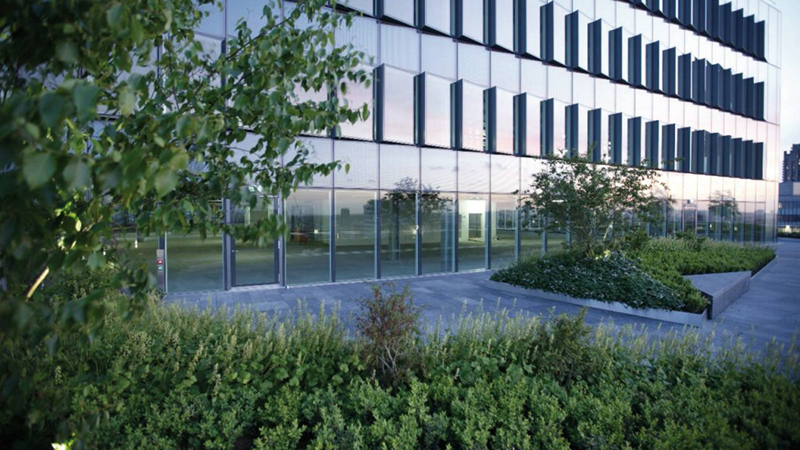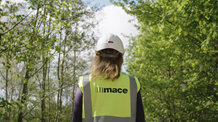The IPCC report should scare us – but we mustn’t lose hope
If, like me, you read the coverage of the UN’s Intergovernmental Panel on Climate Change latest report earlier this month, you could be forgiven for feeling despondent that we will be able to effectively address global warming and avoid catastrophe.
The document – a landmark report on climate change signed off by 234 scientists from more than 60 countries – has a clear message: we’ve likely already missed the mark on avoiding a 1.5c increase in global temperatures.
Without “immediate, rapid and large-scale reductions” in emissions, curbing global warming to either 1.5C or even 2C above pre-industrial levels by 2100 would be “beyond reach”, they said.
That tough vision of the future lays out a stark warning for construction: if we can’t find a way to address our impact on the climate we’re going to do untold damage to our planet.
It is hard sometimes not to despair. The challenges seem insurmountable and the solutions too complex and slow to have the impact we need.
But we must not lose hope.
The report makes it clear that if we can take radical action we may be able avoid the worst impacts of climate change; and that any progress is better than the alternative. We all are acutely aware that in order to make that progress we must be able to think differently. But the reality is we are not changing fast enough or thinking radically enough. The built environment industries, like aviation, manufacturing and other heavy industries, has an absolutely crucial role to play – it is no longer good enough to just pay lip service to the importance of sustainability.
Climate Change is not a competition. Mace, like many other businesses, is working hard to address our carbon emissions and pushing our clients to help us work with them to address their own. I’m very proud that we were a net zero carbon business last year, reducing our own emissions where we can and offsetting the others responsibly. But moments like this show us we must go further: we must challenge ourselves and our clients about how we’re building and what we’re building.
We need to be more innovative in the way we develop, we must adopt a view that renewal and re-use is better than demolition and work out how we can incorporate existing facilities rather than build again except in exceptional circumstances.
If we continue with existing procurement practices, we won’t make a rapid and meaningful impact on the life-time carbon performance of a building. Collaboration is essential, but if we’re not able to work together in partnership to influence the design before it comes out to tender, we will fail at the first hurdle.
We must put resilience at the heart of everything we do; challenging our designs and our plans to test them against a climate that will change much more in the next ten years than it has in the past thirty. We must be prepared to invest in the solutions that may seem like they’re on the horizon but, could, with the right level of investment, could begin to make an immediate impact – from cement-free concrete to hydrogen power on sites.
But most importantly: we must not despair. We must be optimistic. We can only deliver this change if we have faith in our industry and our people to make a real difference.
If you speak to people across our industry, they can tell you that change is coming. Our young graduates and apprentices – and many of our not so young project leaders and directors – are more united than ever in their belief that they can make a real difference.
There is huge passion for change; and to have a real impact – they just need to be empowered to do so. It is up to business leaders to be brave and provide a framework to let our own people transform how we operate. As we look towards the COP26 conference at the beginning of November, we must resist the urge to despair and be empowered by how far we’ve already come; and the progress we’ve made.
Ten years ago sustainability was barely on the agenda for many firms in our industry – now it sits front and centre of almost every tender process and design review. Clients, contractors and consultants are all on the journey; we just need to move faster.
The CLC’s ConstructZero initiative has for the first time laid out a clear framework that we can all adopt, and their new measurement process will give us much-needed industry-wide data about our performance. The better we collaborate together the better we perform. ConstructZero is our route towards a low carbon construction industry.
So, what do we need to do? Many of the solutions to address the challenges exist today, let’s share them, adopt them and implement with a rigour never seen before in our industry.
ConstructZero provides us with a framework, we must empower our people to drive real change. Share best practice – not just in the UK, but beyond. We must all encourage our teams, clients and supplies to do better.
But most of all, don’t lose hope. Look to what we’re able to achieve together.
A version of this article was initially published in Construction News.










